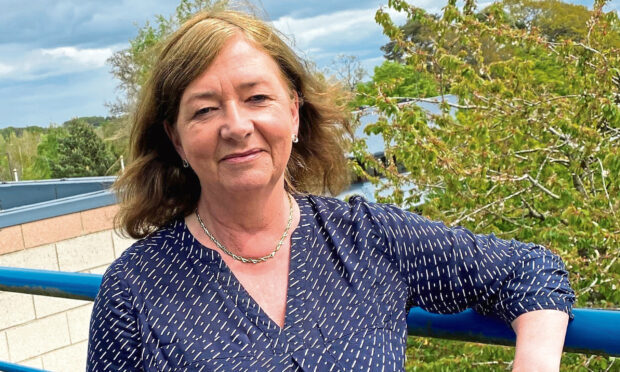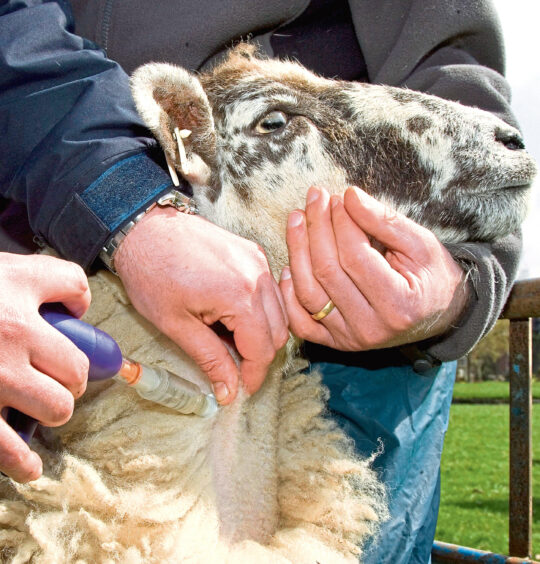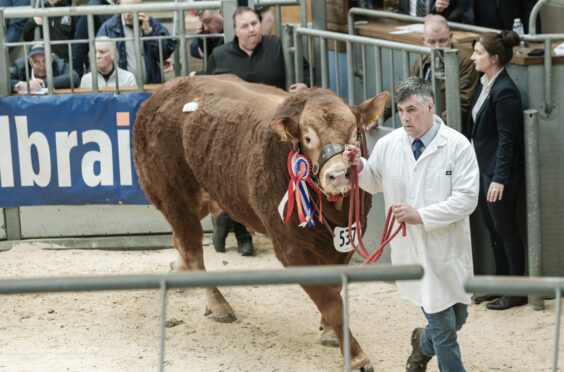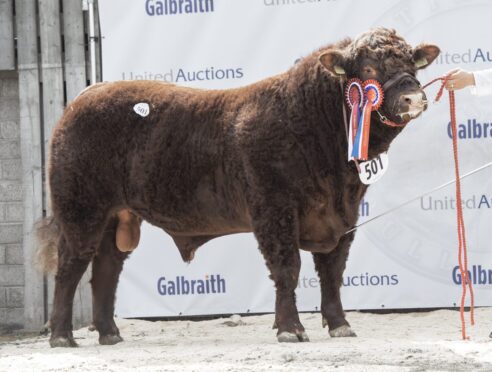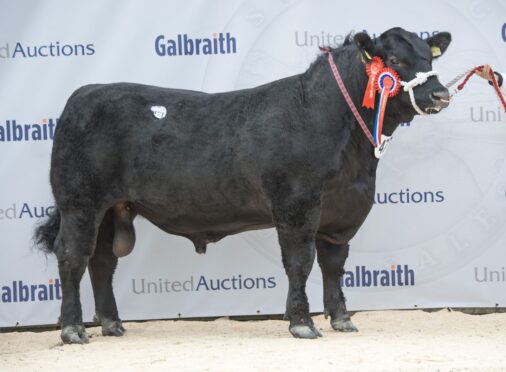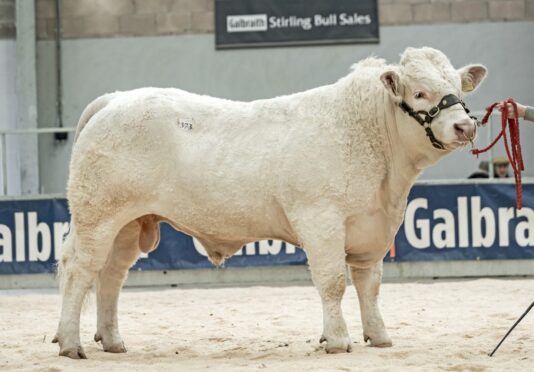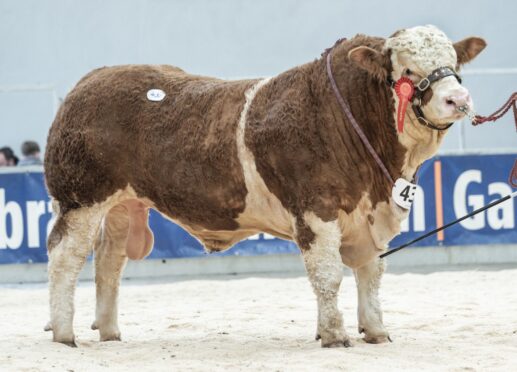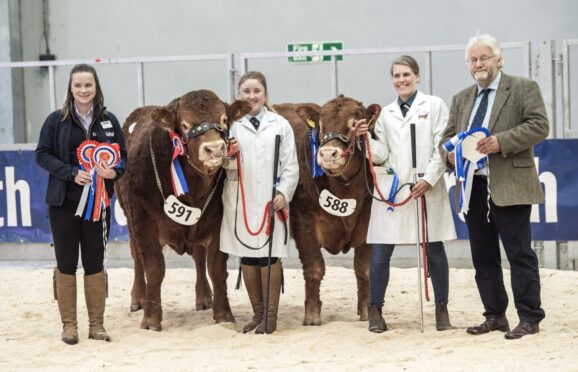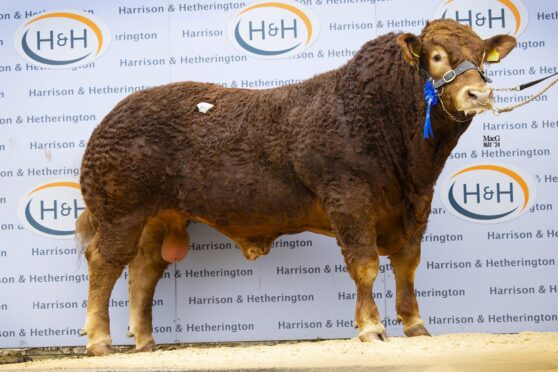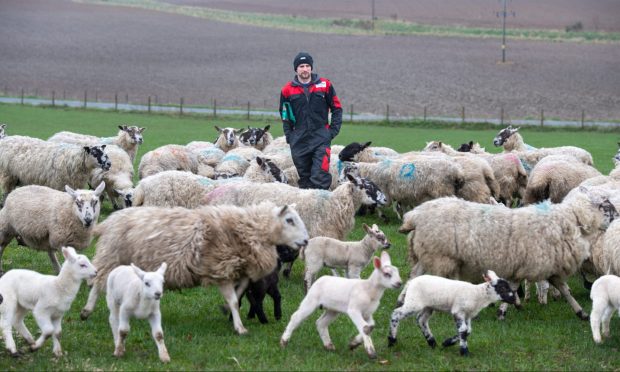One of Scotland’s leading scientists has proposed paying producers to tackle livestock diseases and improve animal health on their farms.
Professor Julie Fitzpatrick, the director of the Moredun Research Institute and chief scientific adviser to the Scottish Government, has already promoted the idea at top level workshops and meetings, and recommended the strategy in her response to the government’s Agriculture Bill consultation.
She told a press conference she hoped Scotland’s new agricultural support system would contain measures that encourage farmers to make more than token efforts towards animal health.
She also stressed that knowledge and techniques already at their disposal to tackle diseases would make farms more economically viable and greener by cutting greenhouse gases per unit of output.
‘It’s not rocket science’
She said: “My frustration is that we already have the answers. We just need farmers to take up the options, and with farm support it’s now or never.
“It’s not rocket science.
“If there was an incentive which benefited farmers’ pockets and provided those green solutions, to me it’s win, win, win – not just for economics and greenhouse gas emissions but for the animals themselves.”
Prof Fitzpatrick recommended paying producers for benchmarking – collecting disease data on abortions or antibiotic usage, for instance, and supplementing it with production or abattoir data.
And after the data is collected producers would attend virtual or in-person meetings to discuss the data and devise a strategy either on-farm with vets or in a knowledge exchange environment.
She said: “Once you have the data you can then measure interventions which could, for instance, include vaccinating cattle rather than giving them antibiotics.”
Prof Fitzpatrick said payments should not be based on results as diseases come and go but if there was no indication farmers had tried to apply livestock health benefits, payments could be withdrawn after three or five years.
She suggested individual farmers should pick up to three problem diseases and talk to their vet about how best to tackle them.
Target diseases for sheep might include OPA, lameness, abortion and scab and, for cattle, respiratory diseases, infertility and neonatal issues.
“It doesn’t need to be onerous,” Prof Fitzpatrick said.
“It’s about going back to farmers and letting them decide what their priority diseases are.
“It’s important to start with a vet and go for quick wins. If payments emphasise that, then farmers might find its something they can achieve with help.”
